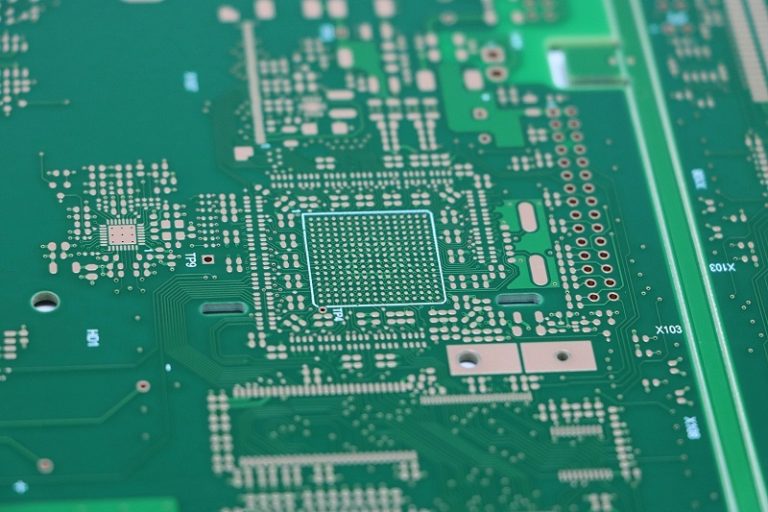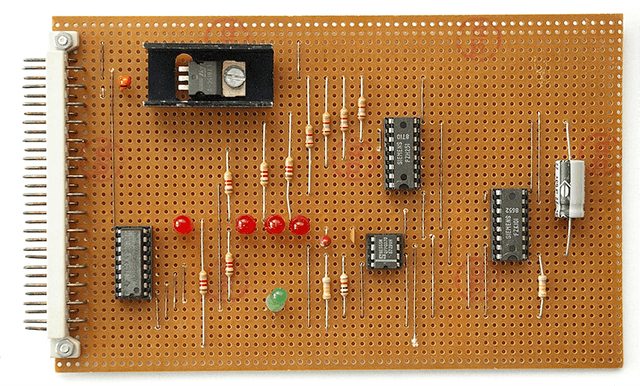4 layer metal core pcb
what is metal core pcb MCPCB metal core printed circuit board is the PCB aluminum substrate we see in the field of LED lighting. Metal core PCB is also called insulated metal substrate, insulated metal PCB and metal clad PCB. In this article, we will use the abbreviation MCPCB to avoid ambiguity. MCPCB consists of…















